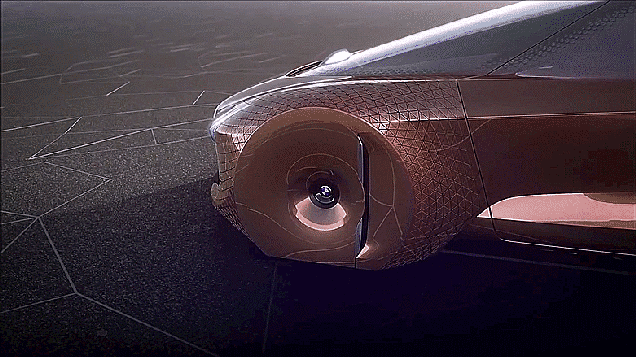As reported by The Telegraph: A computer program has beaten the world champion of one of civilisation's oldest board games for the first time in history.
Lee Se-dol, a 33-year-old South Korean, resigned the first of five matches of the fiendishly complex strategy game against the AlphaGo program, which is built by the Google-owned British company DeepMind.
The game, which lasted a brief 3.5 hours, was officially declared as a win for AlphaGo in Seoul today. Commentators called it a "superb" game that would be studied for years to come.
The breakthrough is seen as a watershed moment for artificial intelligence, a milestone potentially more significant than IBM defeating the world champion Gary Kasparov at chess in 1997. Go takes a lifetime to master and unlike chess, a computer cannot play by simply assessing all possible moves but must rely on something akin to intuition.
#AlphaGo WINS!!!! We landed it on the moon. So proud of the team!! Respect to the amazing Lee Sedol too— Demis Hassabis (@demishassabis) March 9, 2016
Well done #AlphaGo!! Fantastic game from Lee Sedol. Four more games, but indubitably a new milestone has been reached in AI research today.— Edward Grefenstette (@egrefen) March 9, 2016
The game involves two players putting black and white markers on a 19-by-19 grid. It is said to have more possible playing permutations than the number of atoms in the universe.


"I admit I am in shock, I did not think I would lose. I couldn't foresee that AlphaGo would play in such a perfect manner. I in turn would like to express my respect to the team who developed this amazing program," he said.
Four more games will be played over the course of this week, although AlphaGo would only have to win two of those to be crowned the victor.

Lee Se-dol, a 33-year-old South Korean, resigned the first of five matches of the fiendishly complex strategy game against the AlphaGo program, which is built by the Google-owned British company DeepMind.
The game, which lasted a brief 3.5 hours, was officially declared as a win for AlphaGo in Seoul today. Commentators called it a "superb" game that would be studied for years to come.
The breakthrough is seen as a watershed moment for artificial intelligence, a milestone potentially more significant than IBM defeating the world champion Gary Kasparov at chess in 1997. Go takes a lifetime to master and unlike chess, a computer cannot play by simply assessing all possible moves but must rely on something akin to intuition.
#AlphaGo WINS!!!! We landed it on the moon. So proud of the team!! Respect to the amazing Lee Sedol too— Demis Hassabis (@demishassabis) March 9, 2016
Well done #AlphaGo!! Fantastic game from Lee Sedol. Four more games, but indubitably a new milestone has been reached in AI research today.— Edward Grefenstette (@egrefen) March 9, 2016
The game involves two players putting black and white markers on a 19-by-19 grid. It is said to have more possible playing permutations than the number of atoms in the universe.
The AlphaGo program, which uses algorithms as practiced by analyzing data from 100,000 professional human games and playing itself some 30 million times.
Mr Lee, who has been a professional Go player since the age of 12, and won 18 international titles, said at a pre-game press conference: “It would be a computer’s victory if it wins even one game.”
“I believe human intuition and human senses are too advanced for artificial intelligence to catch up. I doubt how far AlphaGo can mimic such things.”
After the game he admitted that he was "shocked".
“I believe human intuition and human senses are too advanced for artificial intelligence to catch up. I doubt how far AlphaGo can mimic such things.”
After the game he admitted that he was "shocked".
Four more games will be played over the course of this week, although AlphaGo would only have to win two of those to be crowned the victor.
What is Go?
Go is a 3000 year old Chinese board game, making it probably the oldest game still played in its original form. It literally means "encircling game" although it has different names in Korea, China and Japan - the Chinese is Weiqi, Korean is Baduk, and Japanese is Go.
How do you play?
Each game has two players, who alternately place black or white stones on the 19 x 19 grid on the board. The objective is to surround territory - like two people dividing up a map and trying to draw borders. You score the game by the number of stones you are able to surround.
Where did it come from?
The game was thought to have been invented by an ancient Chinese emperor in order to teach his son about political strategy. It was considered one of the four marks of a Chinese scholar, along with calligraphy, painting and playing a musical instrument.
How hard is it really?
Despite the relatively simple rules, the game is devilishly complex in how it plays out. It is primarily a game of strategy and imagination, and the number of possible games is vast (10^761 compared to 10^120 possible in chess).
Defeating a professional human player at Go has been seen as one of the "holy grails" of artificial intelligence research, due to its high level of complexity.











